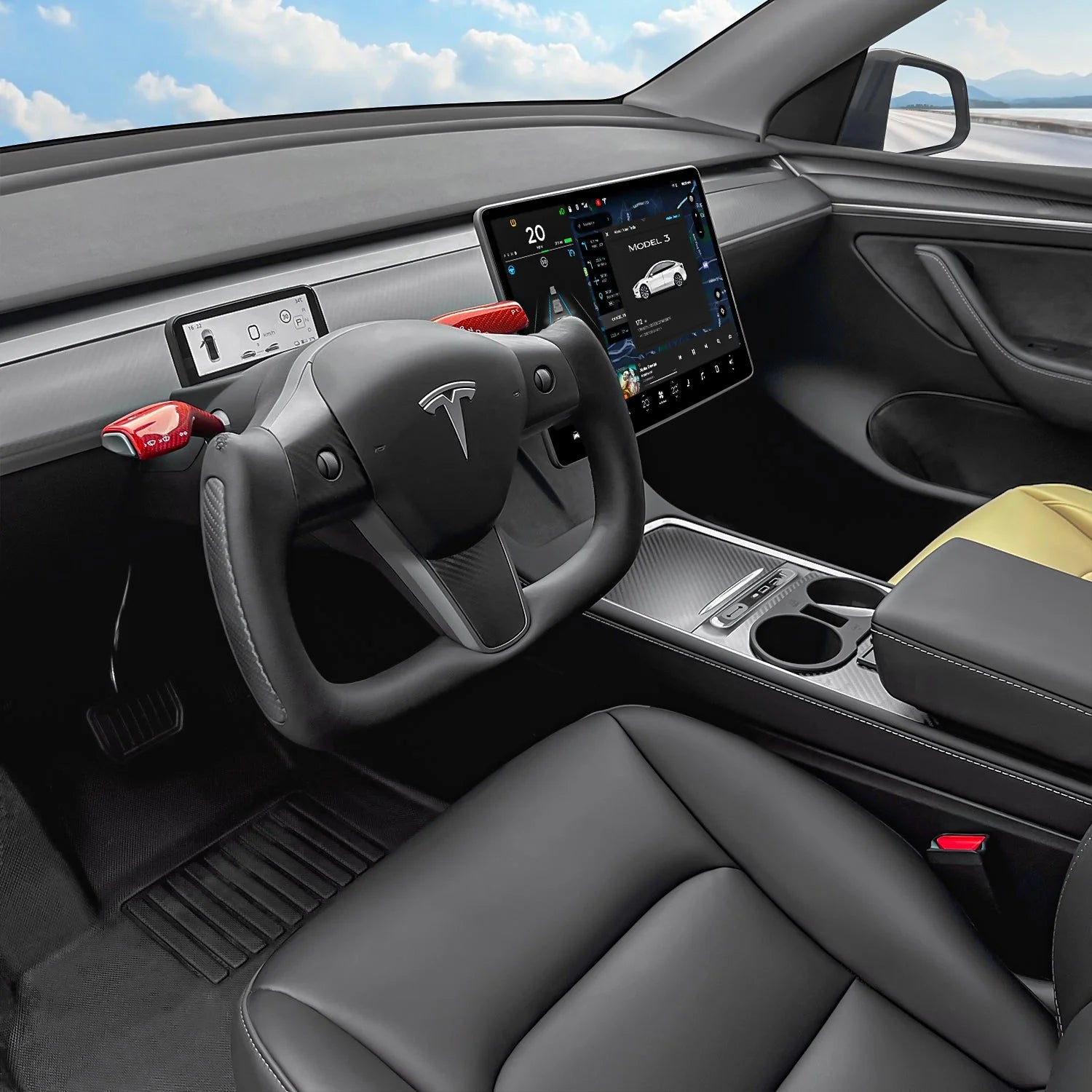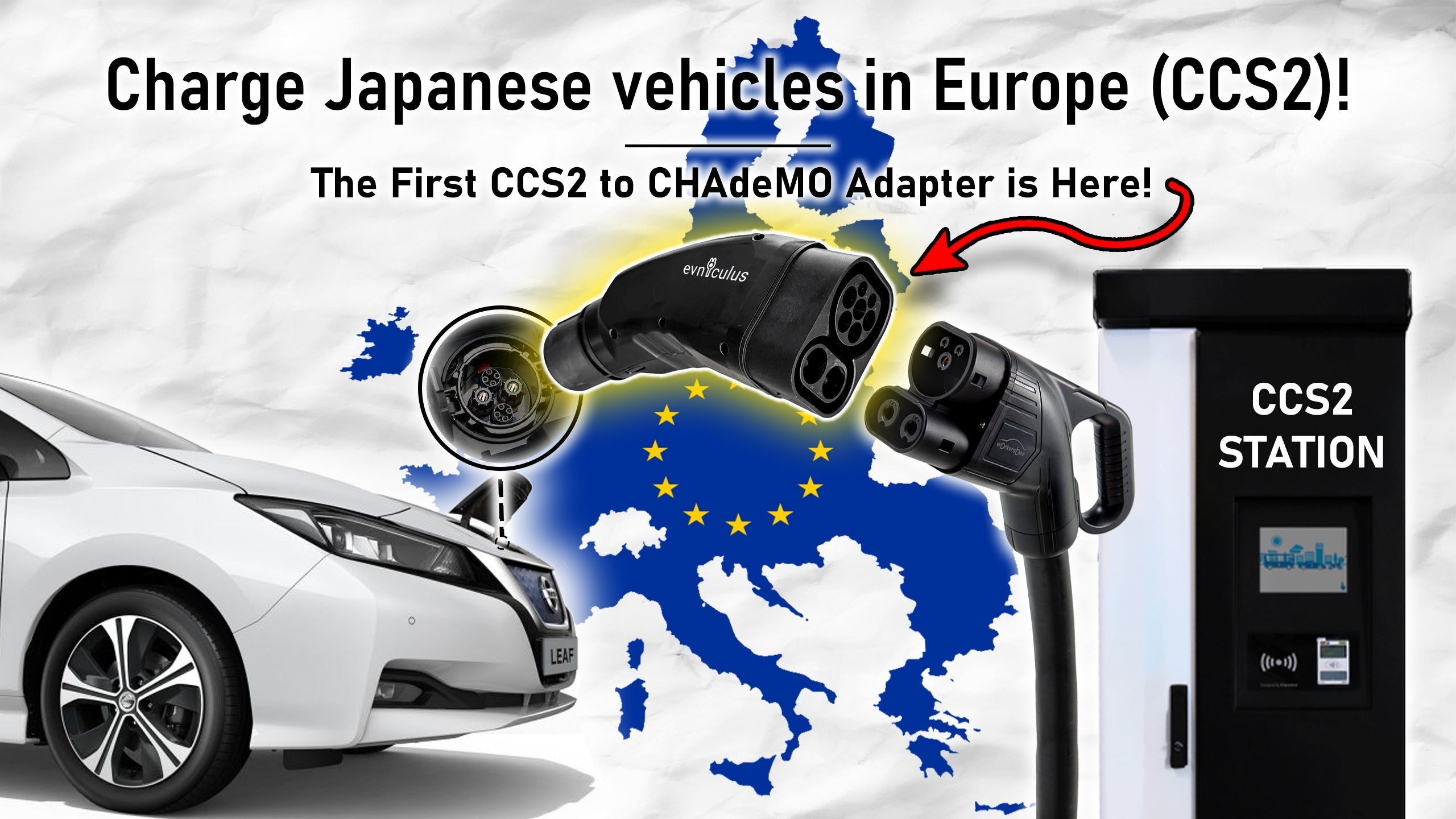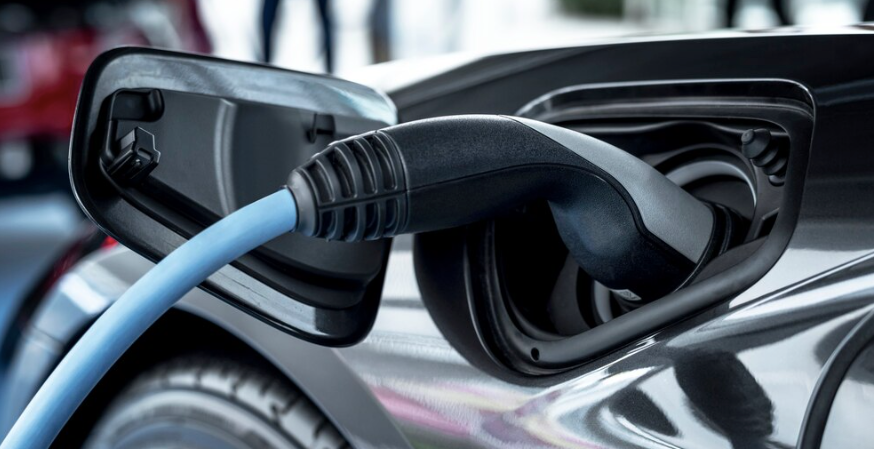Electric vehicles have several benefits, and driving an electric car in winter might be more enjoyable than you think. As the world shifts to more sustainable and eco-friendly modes of transportation, electric vehicles stand out as one of the best options for commuters. The coming of winter calls for thoughtful consideration of a number of issues. Nevertheless, this paves the way for constructive examination and addressing of these problems. Several advantages are associated with electric cars, but to ensure that everyone has a smooth, safe, and enjoyable drive, a few problems must be resolved first.
Electric vehicles are becoming more popular.
Across the world, more and more people are opting to drive electric vehicles, and environmental concerns and developments in car technology are the ones to blame for this. Exquisite cars and tough SUVs that conquer tough terrains are fearlessly shown. Customers now can pick an electric vehicle that suits their needs from the huge variety available on the global market.
What You Need to Know About Winter Impacts on Electric Vehicles
As winter might have an impact on EVs, optimism and analysis are required to tackle the issues. Winter poses challenges for electric vehicles, but it also presents opportunities for creativity. Normally there could be a decrease in the range of your electric car in winter, as batteries may not work as efficiently and have a shorter range as the weather becomes cold.
Particularly in colder regions, winter may be a real challenge for electric vehicle users. Good preparation and readiness may help you overcome these obstacles. You may learn more about the effects on your EV of winter tires and increased energy demands by studying and recognizing them. The battery could not work as well and charge more slowly as a result of the cold weather and increased use. Keep in mind that these components may be adjusted to enhance the efficiency of the battery.
The Effects of Cold Weather on Battery Performance
Electric car batteries made of lithium-ion do a good job of storing energy because of the complicated chemical processes they employ. Due to delayed activity, batteries could not work well in cold weather. Nevertheless, being aware of this allows individuals to foresee and be ready for any obstacles. Prepare for shorter journeys or routes that pass near charging stations if you drive an electric vehicle in the winter. You should consider the weather constraints and still enjoy your holidays with this.
Charging Issues in the Winter
Efficient charging time is associated with EV battery life, and in colder conditions, charging can take a little longer. It is possible to overcome the challenges of winter travel with enough preparation. Take a break at a charging station to restore power to your device. You might as well enjoy a hot cup of cocoa while you wait.
Regenerative Braking in Low Temperatures
As they come to a stop, electric vehicles can convert their kinetic energy into electricity via regenerative braking. This ingenious function both slows the vehicle and saves energy for use at a later time. The function is most effective when the weather is warmer, so it's best to avoid using it too often when the temperatures are low or below zero. In other words, when the temperatures drop, the level of efficiency of the regenerative braking system drops as well. By using the traditional brakes, you can guarantee yourself a safe and efficient journey.
Heating and Energy Consumption During Winter
Heating and energy consumption are interconnected when we talk about winter driving. Through analyzing patterns and understanding the electric vehicle, one could find many ways to make the EV more efficient and cost-effective. Heating the car will indeed take a lot of energy, and that is why our tip for this scenario is to pre-heat the cabin while the car is still at the charger. It will definitely make it easier to support the already reached temperature rather than trying to reach it from scratch.
Tire Efficiency and Traction in Snow and Ice
Another issue that EV drivers might need to address is the friction created between the road and the tires. Here, the drivers should consider investing in high-quality tires in order to be safe on the road. Drivers can also opt for tires specifically designed for electric vehicles as they can reduce road noise and increase efficiency.
Tips for Efficient EV Driving in Winter
Here are some Tips for Efficient EV Driving in Winter
- To ensure a comfortable ride, prepare your electric vehicle before you go out. Starting the electric vehicle up before a long drive is a good idea. Drive only when the car is at a comfortable temperature, and one way to save energy is to keep the cabin at a reasonable temperature instead of heating it up while traveling. As a result, power consumption is reduced, and battery life is extended.
- Arranging charging stops strategically: Have hope and strategically schedule charging stations while getting ready for a long winter ride. It is clever to leave 60-70 kilometers beyond the anticipated trip. Rest assured, knowing that you have plenty of energy to cover your trip.
- Utilize conventional braking techniques when needed: Despite the superiority of regenerative braking technology in normal conditions, electric vehicle owners may choose to utilize conventional means of stopping in winter. In cold weather, it is safer and more dependable. The need for driving safely outweighs the fact that regenerative brakes generate energy.
- Maximize Energy Efficiency in Heating: It's possible to reduce power consumption by adjusting the thermostat. It is advisable to heat the interior before disconnecting your electric vehicle from the charger. Once the temperature is to your liking, switch the heater to AUTO. The system might maintain a steady temperature while reducing energy consumption.
- Advantages of High-Quality Winter Tires: You could get more out of your vehicle if you invest in high-quality winter tires designed for use in snowy and icy conditions. Tires designed for snow and ice should have good traction and help with the reduction of energy used for your trip.
Electric vehicle owners may make the most of the winter by planning ahead for potential problems. You could find that EV journeys are more pleasant and cozy after reading these ideas. By switching to an electric car, you can help the environment and give yourself the gift of silent and comfortable traveling.




